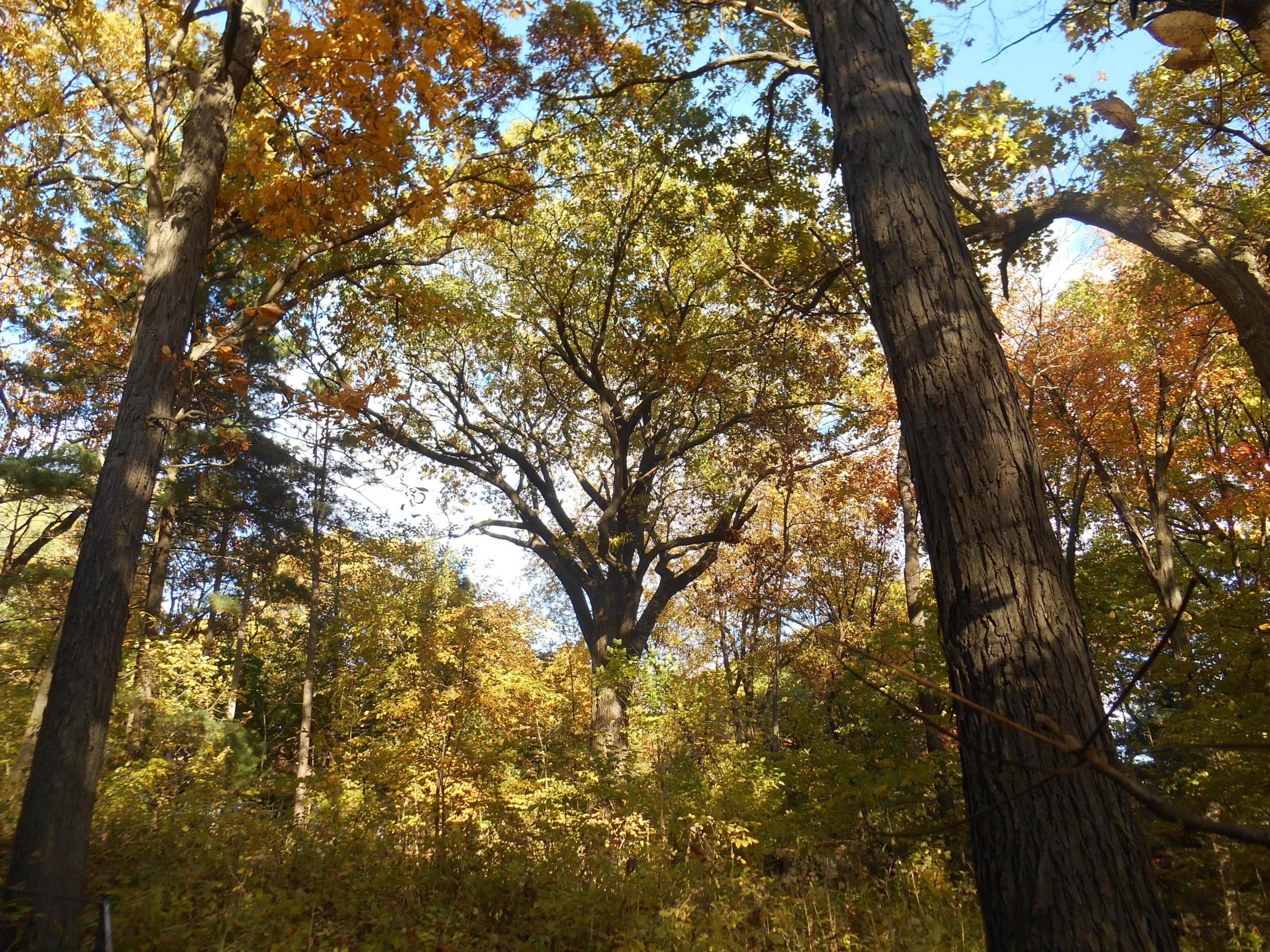[Above: Egregious sources of pollution on Madison’s north side. Photo-Maria Powell]
*****
According to our favorite local corporate greenwashers, Clean Lakes Alliance, leaves are to blame for the sorry state or our lakes. Yup. Leaves. It follows that trees–the sources of leaves (remember your grade school biology, kids?)–are also big enemies of the lakes.
Confused? Below is CLA’s brilliant explanation (from link above) for us ignorant Hoi Polloi:
Leaves are part of nature. Why are they a problem?
Leaves are one of the largest sources of urban phosphorus pollution. Without streets, parking lots, and storm sewers, leaves would fall on soil and phosphorus would soak into the soil instead of going straight into our lakes and streams. When left in the street gutters, leaves release phosphorus into stormwater that easily washes down storm drains and directly into our lakes.
Hmmm. This is very ironic and amusing. So the real culprits are actually streets, parking lots, and storm sewers. So why is CLA not talking about the fact that as Madison grows rampantly–it’s the #1 fastest growing city in the state–it will have to build more and more streets, parking lots, storm sewers, and many other impervious surfaces, and this will undoubtedly cause more phosphorus to wash into the lakes? [1][2]
But wait! As Madison builds more buildings, roads, and storm drains that serve as fast-track stormwater routes to the lakes–it will have to cut down more trees to make space for them. Since trees make leaves, this will also reduce the amounts of these evil lake-polluting objects!
A win-win! Perhaps we should just cut down all the trees in the city and county now to proactively rid ourselves of these egregious pollution sources and make way for more development?
****
[1] Year after year, Clean Lakes Alliance blames leaves for phosphorus pollution into the lakes, but totally neglects to mention the other well-documented sources of nutrients (not just phosphorus, but also nitrogen) discharging to the lakes, such as Dane County Regional Airport/Truax base, many leaching city and county landfills (old and still in operation), numerous construction sites all over the city and county, disrupting soils and sending phosphorus-laden sediments down storm drains…and more. But no, CLA can’t mention these sources, forget about do anything to address them. Instead, it encourages citizens to go out and rake leaves instead of organizing and demanding that public officials do something about these other huge sources of phosphorus and nitrogen.
[2] Interestingly, as we wrote here, buried in the Clean Lakes Alliance’s latest report “Renew the Blue” is a subtle (albeit vague) admission that as Madison and Dane County grow and sprawl rampantly–and the amount of farmland shrinks–it will be increasingly challenging to control nutrient pollution to the lakes. The Renew the Blue Executive Summary touts reductions in phosphorus runoff from farmland due to “best management practices”–but then oddly notes:
“Yet we also know it will take more than these current “Best Management Practices” alone to reach our water quality goals, and increased phosphorus loading is the proof. With urban boundaries expanding to accommodate a rapidly growing population, the hardening of the landscape coupled with a shrinking rural land base is sure to magnify challenges in the years ahead.” (emphasis added)
Postscript: Will Madison ever say “Enough is Enough”? Probably not…

